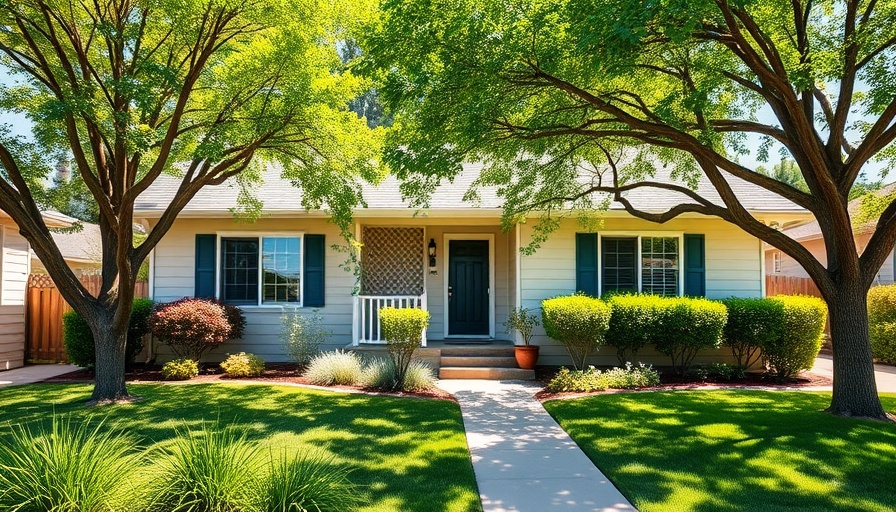
How to Adapt Your Home for Comfort and Safety
As we aim for a seamless transition into our later years, one crucial aspect takes center stage: the home environment. Transitioning to age in place might seem daunting, especially for residents of Metro Vancouver with limited space. However, with the right strategic adaptations, homeowners can enhance their living space's functionality while ensuring it remains aesthetically pleasing.
Make Space for Movement: Open Up Your Living Areas
One of the first considerations for aging in place is mobility. For residents with limited backyard space, consider creating an open-plan layout in your home. Removing barriers like large furniture or unnecessary decor can create a clearer path, making it easier for individuals to navigate their surroundings.
Embracing Outdoor Spaces: Transform Your Backyard
With the beautiful vistas of Metro Vancouver, it's wise to maximize any available outdoor area. Simple upgrades can drastically enhance the usability of your backyard. Think about incorporating raised garden beds, which are not only visually appealing but make gardening accessible for those with limited mobility. Vertical gardens are another innovative solution; they utilize wall space, allowing flora to flourish without taking up precious ground area.
Consider Smart Home Technology for Independence
Embracing technology can be a game changer for safety and convenience. Smart home devices, from voice-activated assistants to automated lighting, can help those aging in place manage daily tasks more easily. Installing smart thermostats, video doorbells, and motion sensors contributes to a safer home environment, allowing residents to navigate their space confidently.
Creating Accessible Kitchens and Baths
It's crucial to take a closer look at often-used areas like the kitchen and bath. Installing pull-out shelves and lever faucets can be practical adjustments to make these spaces more accessible to all ages. Comfort height toilets and walk-in showers equipped with grab bars contribute significantly to safety and ease of use.
Focusing on Eco-friendly Updates
As we adapt for aging in place, it's an excellent opportunity to engage in eco-living. Swapping out traditional light bulbs for LEDs can reduce energy consumption while providing better light quality. Furthermore, water-efficient faucets and fixtures not only conserve resources but also lessen the household’s overall environmental footprint. These small changes significantly contribute to a sustainable future while ensuring your home meets your needs.
Connecting with Your Community
Lastly, fostering community connections can greatly enhance one’s experience of aging in place. Consider joining local gardening groups or home improvement workshops in Metro Vancouver. Not only can these experiences provide valuable knowledge and inspiration for home adaptations, but they also create pathways for social interaction, which is essential as we age.
Adapting your home for aging in place doesn’t have to be overwhelming. Every small update can contribute to a more comfortable, safe, and enjoyable living environment. So roll up your sleeves, and discover practical solutions that blend seamlessly into your lifestyle and enhance your outdoor oasis!
 Add Row
Add Row  Add
Add 




Write A Comment